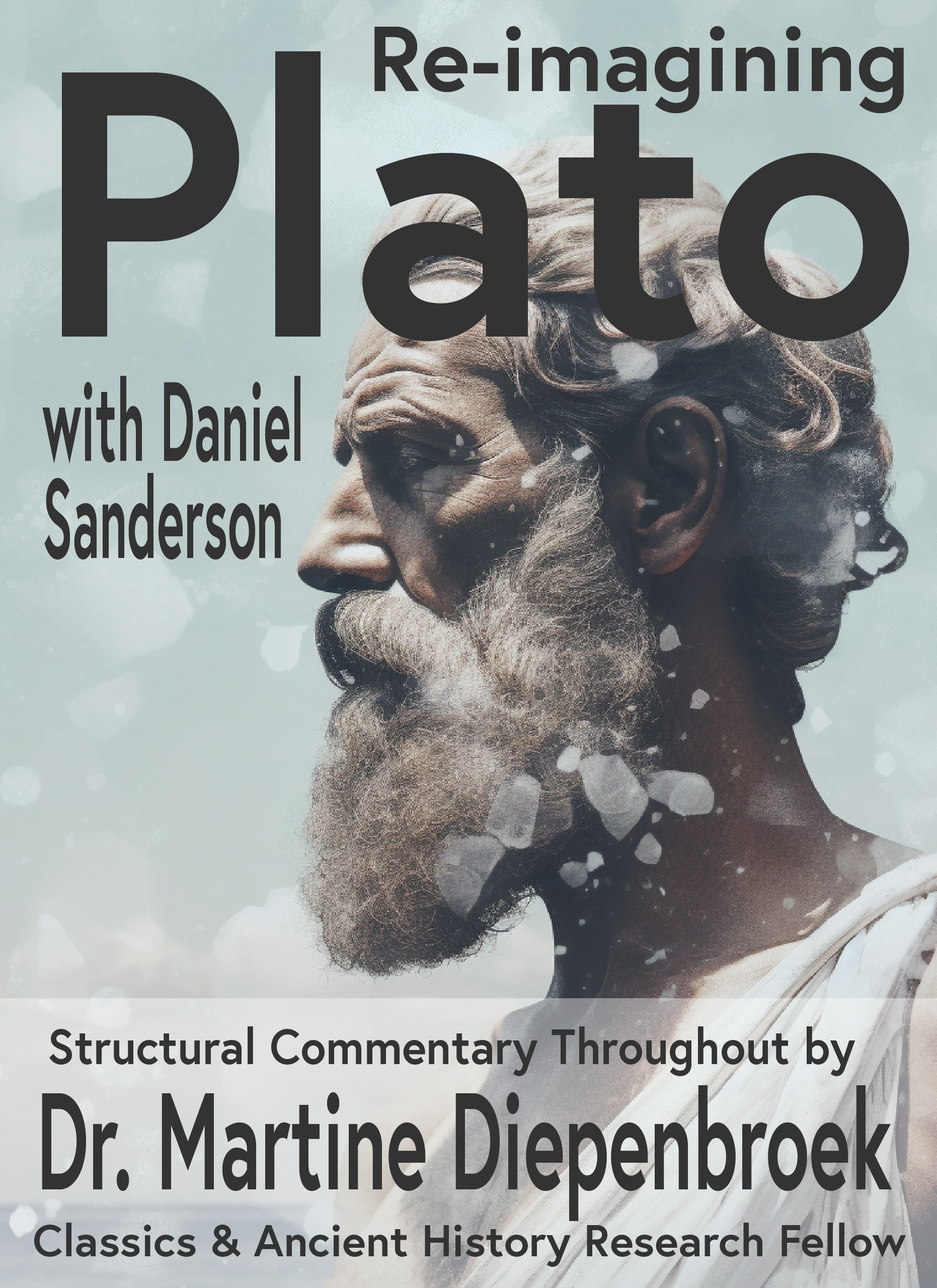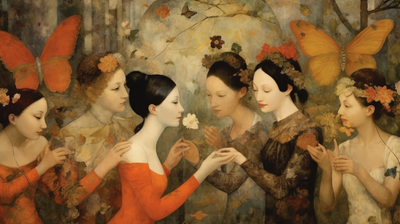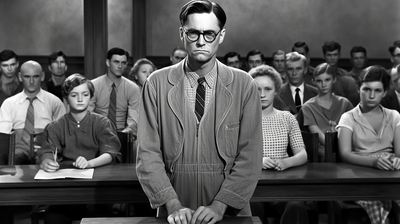The Philosophy of Beauty: Perceptions and Interpretations Across Cultures
Beauty has been a subject of fascination, debate, and idealization in our ever-evolving world. The idea of beauty transcends time and space, but its interpretation remains subjective, moulded by cultural norms and personal biases. In this article, we critically explore the philosophy of beauty, dissecting the perceptions and understandings that arise across diverse cultures. By challenging conventional wisdom and engaging in a relentless pursuit of intellectual rigour, we hope to unravel the illusory nature of beauty, revealing its inherent subjectivity.

Cultural Relativity: The Shackles of Perception
Beauty is often regarded as an objective truth, an inherent quality within particular objects or individuals. However, upon closer inspection, it becomes apparent that beauty is a temporary construct heavily influenced by cultural conditioning. What one culture deems beautiful may be repulsive or inconsequential in another.
Consider the Renaissance period, when artists glorified the human form, epitomizing beauty as harmony, symmetry, and proportion. This Western perspective dominated the artistic canon for centuries. Yet, when we gaze at the East, we encounter a radically different understanding of beauty. Chinese art, for instance, often emphasizes imperfections, asymmetry, and the transitory nature of existence. These contrasting viewpoints force us to question the universality of beauty and recognize its subjectivity.
The Tyranny of Beauty Standards:
Cultural perceptions of beauty vary across time and space and within different social contexts. Standards of beauty can become oppressive, creating an unattainable ideal that perpetuates inequality and exclusion. Throughout history, societies have enforced rigid beauty norms, subjugating individuals who deviate from the established standards.
Consider the foot-binding practices prevalent in ancient China, where women endured excruciating pain and lifelong physical deformity in pursuing an idealized small foot. This practice, rooted in patriarchal control and the fetishization of fragility, illustrates how cultural perceptions of beauty can be harnessed as tools of subjugation.
Moreover, in contemporary times, the media and advertising industries have reinforced unattainable beauty standards, preying on insecurities to perpetuate a culture of consumerism. The narrow ideal of beauty portrayed in magazines and on screens profoundly impacts individuals' self-esteem, contributing to the rise of body dysmorphia, eating disorders, and low self-worth.

Aesthetic Subjectivity and Philosophical Dilemmas:
The subjective nature of beauty poses philosophical dilemmas that challenge our understanding of reality and truth. If beauty is merely a product of cultural conditioning, can we honestly claim it as an objective truth? Should beauty be stripped of its splendid associations and be reduced to a mere matter of personal preference?
Immanuel Kant grappled with these questions, suggesting that beauty lies in the eye of the beholder and our judgments of attractiveness are rooted in our subjective experiences. However, this acknowledgment of subjectivity does not imply that beauty lacks significance or is entirely arbitrary. Beauty, in all its subjectivity, can still inspire awe, evoke emotions, and ignite profound contemplation.
Historical Perspectives and the Evolution of Beauty:
Throughout history, perceptions of beauty have constantly transformed, reflecting the zeitgeist and the changing values of societies. In ancient Greece, beauty was closely intertwined with notions of virtue and the pursuit of the ideal. Beauty was not only physical but also intellectual and moral.
Fast forward to the Victorian era, and we witness a shift towards a more constrained and idealized representation of beauty. Corsets, heavy makeup, and restrictive fashion became symbols of femininity, further exemplifying the malleability of cultural perceptions of beauty.
Technology and globalization have led to an amalgamation of cultural influences in our modern era, challenging traditional beauty norms. With the rise of body positivity movements and a broader acceptance of diverse representations of beauty, we find ourselves in a crucial moment where the shackles of the convention are slowly dismantled.

Conclusion:
Far from being an objective truth, beauty is a construct of cultural conditioning and personal biases. Its subjective nature demands that we question and challenge the conventions that seek to confine it within narrow parameters. By recognizing the relativity of beauty, we liberate ourselves from oppressive standards and open the door to a more inclusive and diverse perception of aesthetics.
As we navigate the philosophical landscape of beauty, let us not succumb to complacency or be swayed by the illusions perpetuated by societal norms. Instead, let us engage critically, challenge conventional wisdom, and embrace the ever-evolving nature of beauty, allowing it to transcend boundaries and inspire us to cultivate a more nuanced understanding of the world around us.

Plato Re-Imagined
This course includes 32 lectures covering most of Plato's dialogues and allowing the student to return to something divine. Divinity should resonate with secular and religious leaders alike. I present a compatible approach in my lecture on Consilience.
Also included with this course is a free book. If you pay for the course, you will get a physical copy of the book for free, mailed to your chosen address — anywhere on the planet!






